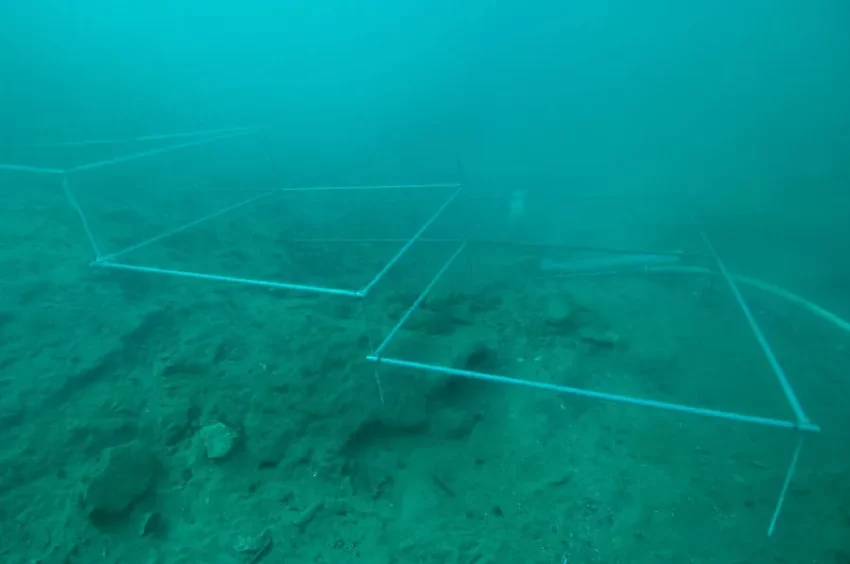The Archaeological Significance of Desilo
Desilo, an archaeological site in Bosnia and Herzegovina, offers valuable insights into ancient Illyrian culture. Located near the Neretva River, Desilo has revealed artifacts and structures dating back to the 2nd century BC. This site has become a focal point for researchers studying the Illyrian civilization and its interactions with neighboring cultures.
Get your dose of History via Email
Discovery and Excavation
Archaeologists discovered Desilo in 2007 during a survey of the Neretva River basin. Initial findings included well-preserved wooden structures and numerous artifacts. These discoveries prompted further excavations, which have continued to yield significant results. Researchers have uncovered evidence of a complex settlement, including dwellings, storage facilities, and defensive structures.
Artifacts and Material Culture
The artifacts found at Desilo provide a window into the daily lives of its inhabitants. Items such as pottery, tools, and weapons suggest a community engaged in both agriculture and trade. The pottery styles indicate influences from both the Illyrian and Hellenistic cultures, suggesting a degree of cultural exchange. Additionally, the discovery of imported goods, such as Greek amphorae, points to active trade networks.
Burial Practices
One of the most intriguing aspects of Desilo is its burial practices. Archaeologists have found several burial mounds, or tumuli, containing human remains and grave goods. These burials offer insights into the social structure and beliefs of the Illyrians. The presence of weapons and jewelry in the graves suggests a society with distinct social hierarchies and a warrior culture.
Defensive Structures
The defensive structures at Desilo indicate a need for protection against potential threats. Researchers have identified fortifications, including walls and ditches, which would have provided defense against invaders. These structures highlight the strategic importance of Desilo, likely due to its location near the Neretva River, a vital trade route.
Environmental and Geographical Context
Desilo’s location near the Neretva River played a crucial role in its development. The river provided a source of water, fertile land for agriculture, and a means of transportation. The surrounding landscape, characterized by hills and valleys, offered natural defenses and resources. This geographical context contributed to the site’s long-term occupation and significance.
Cultural Interactions
The evidence of cultural interactions at Desilo is particularly noteworthy. The presence of Greek amphorae and Hellenistic pottery styles suggests contact with the Greek world. This interaction likely facilitated the exchange of goods, ideas, and technologies. Such exchanges would have influenced the development of Illyrian society and its material culture.
Conclusion
Desilo stands as a significant archaeological site that sheds light on the Illyrian civilization. Its well-preserved structures and diverse artifacts provide valuable information about the daily lives, social structures, and cultural interactions of its inhabitants. Ongoing research at Desilo continues to enhance our understanding of this ancient society and its place in the broader historical context of the region.
Sources:

